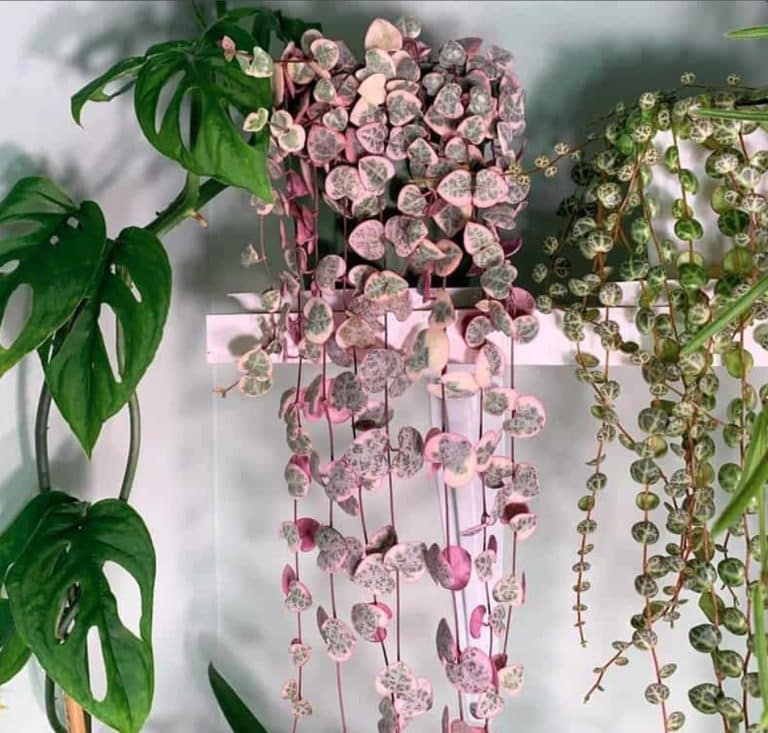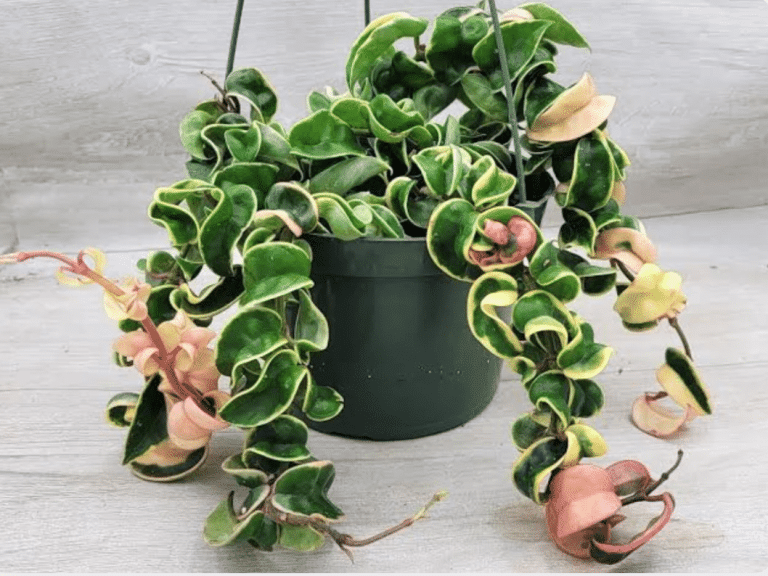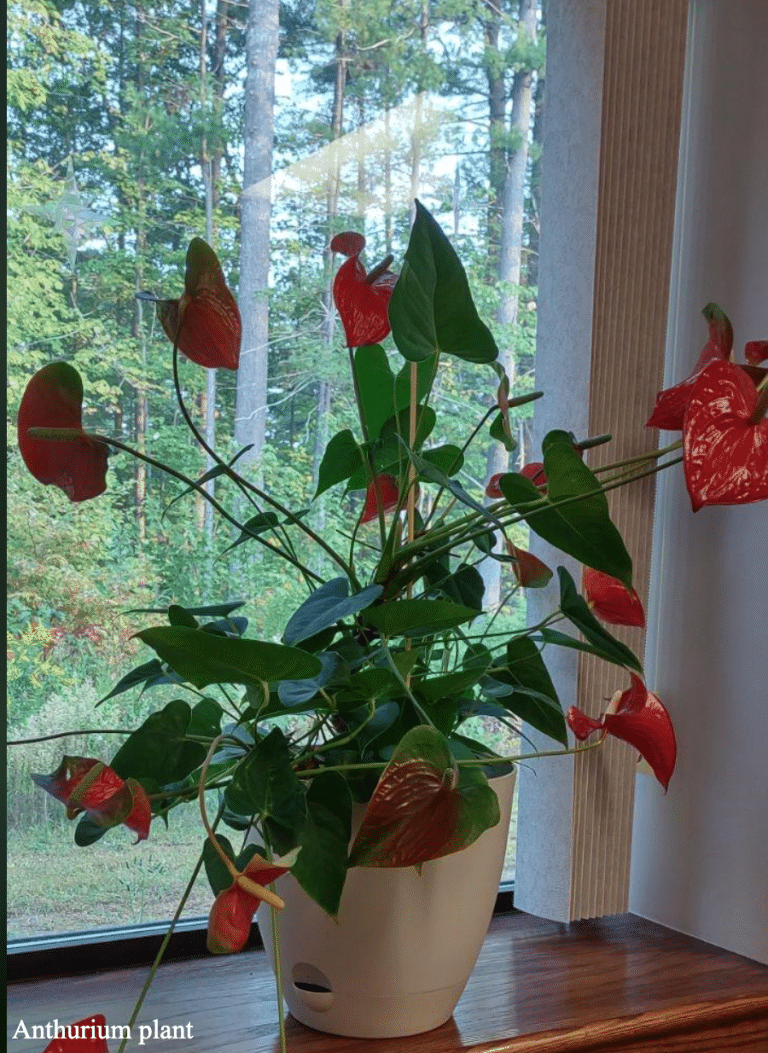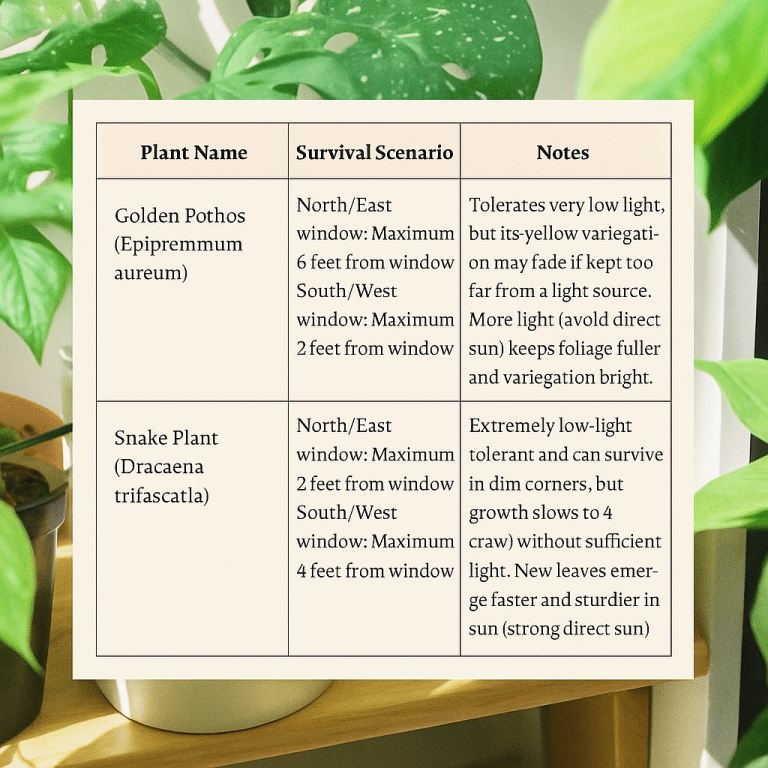Houseplants Oxygen Production Chart: How Much Oxygen 50 Popular Plants Make
Do houseplants really boost oxygen at home? This science-based guide ranks 75 popular indoor plants by estimated oxygen output and shows how many you’d need to raise oxygen levels—even by 1%.
We’ve all seen those listicles promising “oxygen-boosting plants” for your home. And hey—we’ve written some ourselves. But here’s the thing most don’t mention. The idea that a couple of houseplants can dramatically change your indoor air? That’s simply false. But we wanted to find out what’s actually true.
So we built this guide to answer one clear question: how much oxygen do houseplants really produce—and does it even matter? We dug into the science. Calculated estimated oxygen output per plant. Then scaled it to a real-world room—100 square feet, just like our back bedroom.
The chart we created shows exactly how many plants it would take to make even a 1% difference. This, hopefully should put any confusion, and high handed answers to rest. This is completely factual and data driven ( Spoiler: it’s more than a pothos in a corner.)
The Science: How Plants Actually Make Oxygen
Here’s the simple version: plants take in carbon dioxide, use light to convert it, and release oxygen. That’s photosynthesis. The basics never changed. Most houseplants do this during the day only. These are called C3 plants. But a few—like snake plant and aloe—can release oxygen at night too. They’re CAM plants.
And while that’s neat, it doesn’t add up to much. A single healthy plant might release 3 to 9 liters of oxygen per day, depending on its leaf area and light exposure. For context, one adult uses over 11,000 liters of oxygen daily. That’s not a typo. You’d need 300–500 medium plants to cover just one person’s daily oxygen needs.
So while it’s true that plants produce oxygen, let’s be real: they’re not replacing your HVAC system anytime soon.
How We Estimated Oxygen Output (No Equipment Needed — you can do this too)
We didn’t use a lab or sensors—just research and math. We started with NASA and expanded with sources like growingoxygen.com and horticultural studies.
We used this formula: Estimated O₂ per day = Leaf area (m²) × 7.2 L/day × Light factor. We calculated leaf area based on plant size and maturity. Most of the plants in our home fall in the 0.3 to 1.0 m² range.
Then we applied a light factor. Bright indirect light = 0.6. That’s our standard. A south-facing window? You’re closer to 0.8. Low light? Maybe 0.3. All numbers in our chart are rounded and conservative. This isn’t theoretical. It’s what you’d likely see in a home like ours, where the plants are healthy—but not pampered under grow lights.
Here is our chart of 50 popular houseplants with their rate of oxygen production
Plant Name | Estimated Oxygen Output Per Day | When Does It Produce Oxygen? | Number of Plants Needed to Boost O₂ by 1% ( in 100 sq ft room) |
|---|---|---|---|
~1.3 L/day | Day | ~37 plants | |
~5.8 L/day | Night | ~8 plants | |
Aloe Vera | ~4.8 L/day | Night | ~10 plants |
Peace Lily | ~3.5 L/day | Day | ~14 plants |
Moth Orchid | ~0.7 L/day | Night | ~68 plants |
~1.8 L/day | Day | ~26 plants | |
Jade Plant | ~3.8 L/day | Night | ~13 plants |
African Violet | ~0.6 L/day | Day | ~79 plants |
~3.2 L/day | Day | ~15 plants | |
Money Tree | ~2.5 L/day | Day | ~19 plants |
Lucky Bamboo | ~0.5 L/day | Day | ~95 plants |
English Ivy | ~1.2 L/day | Day | ~40 plants |
ZZ Plant | ~1.5 L/day | Day | ~32 plants |
Boston Fern | ~3.0 L/day | Day | ~16 plants |
Areca Palm | ~5.6 L/day | Day | ~8 plants |
Fiddle Leaf Fig | ~5.0 L/day | Day | ~10 plants |
Parlor Palm | ~1.5 L/day | Day | ~32 plants |
Bromeliads | ~4.0 L/day | Night | ~12 plants |
Dragon Tree | ~4.6 L/day | Day | ~10 plants |
Croton | ~2.2 L/day | Day | ~22 plants |
~2.0 L/day | Day | ~24 plants | |
Ponytail Palm | ~2.5 L/day | Night | ~19 plants |
Oyster Plant | ~1.0 L/day | Day | ~48 plants |
Kalanchoe | ~0.8 L/day | Night | ~59 plants |
Jasmine | ~2.5 L/day | Day | ~19 plants |
Heartleaf Philodendron | ~1.2 L/day | Day | ~40 plants |
Silver Leaf Philodendron | ~1.1 L/day | Day | ~43 plants |
Polka Dot Begonia | ~1.5 L/day | Day | ~32 plants |
Black Velvet Alocasia | ~0.5 L/day | Day | ~95 plants |
Bird’s Nest Anthurium | ~4.0 L/day | Day | ~12 plants |
Ficus Audrey | ~2.5 L/day | Day | ~19 plants |
Homalomena ‘Selby’ | ~1.8 L/day | Day | ~26 plants |
Prayer Plant | ~0.7 L/day | Day | ~68 plants |
Gardenia | ~1.2 L/day | Day | ~40 plants |
~0.2 L/day | Night | ~238 plants | |
Monstera adansonii | ~2.0 L/day | Day | ~24 plants |
String of Pearls | ~0.2 L/day | Night | ~238 plants |
Cast Iron Plant | ~2.0 L/day | Day | ~24 plants |
Assorted Succulents | ~0.5 L/day | Night | ~95 plants |
Flamingo Flower | ~3.2 L/day | Day | ~15 plants |
Olive Tree | ~2.0 L/day | Day | ~24 plants |
Bird of Paradise | ~7.0 L/day | Day | ~7 plants |
Corn Plant | ~5.4 L/day | Day | ~9 plants |
Philodendron ‘Birkin’ | ~1.5 L/day | Day | ~32 plants |
Tradescantia Zebrina | ~1.4 L/day | Day | ~34 plants |
Hoya (Wax Plant) | ~1.0 L/day | Night | ~48 plants |
Monstera deliciosa | ~6.8 L/day | Day | ~7 plants |
Dracaena (generic) | ~5.0 L/day | Day | ~10 plants |
Dumb Cane | ~3.0 L/day | Day | ~16 plants |
~1.5 L/day | Day | ~32 plants |
How Much Is 1% Oxygen in a Room?
We get this question a lot: What’s the big deal about 1%? So let’s break it down.
A 100 sq ft room with an 8 ft ceiling holds about 22,640 liters of air. Oxygen makes up roughly 21% of that—so about 4,755 liters total.
That means 1% of the oxygen in that room = 47.55 liters.
It’s not a ton, but it’s still more than most people expect. That number became our benchmark. All the plants in our chart are compared against that.
Why the Oxygen Myth Persists (And What Plants Do Help With)
We get it. Everyone wants to believe a few plants will purify their air and boost their oxygen while looking pretty on a shelf. It’s a lovely thought. But in truth, plants don’t add much oxygen in a ventilated room. That doesn’t mean they’re not helpful—it just means we need to set expectations.
Plants do release moisture through transpiration. That helps with humidity in dry rooms.
They also offer real psychological and visual benefits. We feel calmer, more focused, and honestly, just happier when we’re surrounded by greenery.
Here’s a quote we’ve repeated to ourselves often:
“Houseplants improve how we feel in a room, even if they don’t transform the air.”
And we stand by that.
FAQ
Do plants purify air like a purifier?
Not really. In sealed lab settings, yes. In homes with windows and airflow, not significantly.
Are snake plants really good for bedrooms?
Yes—but not for oxygen. They tolerate dry, dark rooms and release small amounts of O₂ at night. That’s it.
Do more leaves mean more oxygen?
Absolutely. Leaf area = oxygen output. A big pothos = better than three tiny ones.
Is there a safe number of plants per room?
There’s no upper limit. But we say: go for balance. Don’t turn your room into a jungle unless that’s what you’re going for.
How We Compiled This Guide
We built this chart from the ground up—literally. Over the years, we’ve grown and tracked hundreds of plants in every room of our Brooklyn community home.
We dug into sources like NASA’s Clean Air Study, growingoxygen.com, and academic research on photosynthesis and leaf-area-based output.
Then we applied those formulas to real plant sizes in real home light, the way people actually grow them.
This is the chart we wish existed years ago. One that finally answers the question, “Are houseplants really boosting my oxygen?”—with real data, not marketing fluff.






